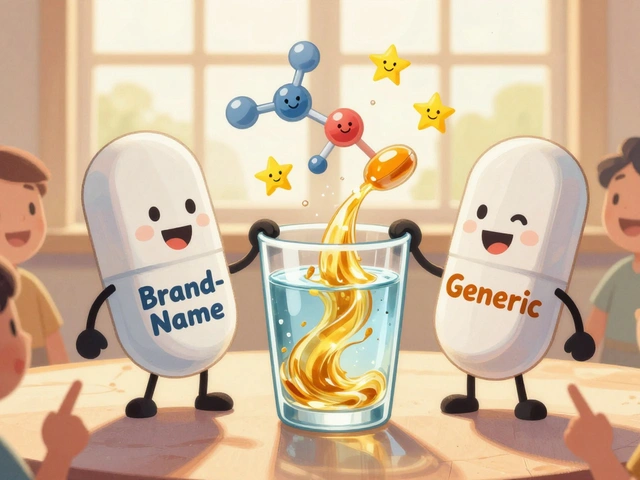Cholesterol drugs: what they do and how to use them
High cholesterol quietly raises your risk of heart attack and stroke. The good news: several medicines can lower that risk. This page breaks down the main cholesterol drugs, what to expect when you start them, and practical tips so you get the most benefit with the least trouble.
Common types of cholesterol drugs
Statins — These are the first choice for most people. They block the liver enzyme that makes cholesterol, lower LDL (the “bad” cholesterol), and reduce heart risk. Typical names: atorvastatin, simvastatin, rosuvastatin. Expect results in 4–12 weeks on a lipid panel.
Ezetimibe — This drug reduces cholesterol absorption from the gut. Doctors often add it when statins alone don’t reach targets or when statin doses can’t be increased because of side effects.
Bile acid sequestrants — Older meds like cholestyramine bind bile acids in the gut so the liver uses cholesterol to replace them. They can work well but may cause constipation and interfere with other drugs.
PCSK9 inhibitors — Injectable meds (e.g., alirocumab, evolocumab) used when statins and ezetimibe aren’t enough or aren’t tolerated. They can lower LDL a lot and are often used for genetic high-cholesterol or very high risk.
Fibrates and niacin — These target triglycerides or raise HDL in some cases. They are less commonly used purely to lower LDL but still have a role in specific situations.
Practical tips: taking cholesterol meds safely
Start with baseline tests: lipid panel, and sometimes liver tests. Your doctor will repeat lipids after about 6–12 weeks to see how well the drug works. Keep a copy of results so you and your clinician can track progress.
Watch for common side effects. Muscle aches are the most talked-about statin side effect — mild soreness is common, but severe pain or dark urine needs urgent attention. Statins can also slightly raise liver enzymes; doctors check that when needed, not every month.
Drug interactions matter. Some meds, grapefruit juice, and certain antibiotics can raise statin levels and increase side effects. Tell your prescriber about all prescriptions, supplements, and herbal products you use.
Lifestyle still matters. Meds lower risk, but diet, weight, activity, and quitting smoking add big benefits. Think of drugs as one part of a plan.
If you buy meds online, use a licensed pharmacy, check for a real prescription requirement, and avoid suspiciously cheap offers. If you ever feel worse after starting a medicine, call your clinician — don’t stop abruptly without advice.
Questions about which drug fits you? Ask about your personal risk, expected LDL target, and side effect plan. With the right choice and simple monitoring, cholesterol drugs are powerful tools that can protect your heart for years.




